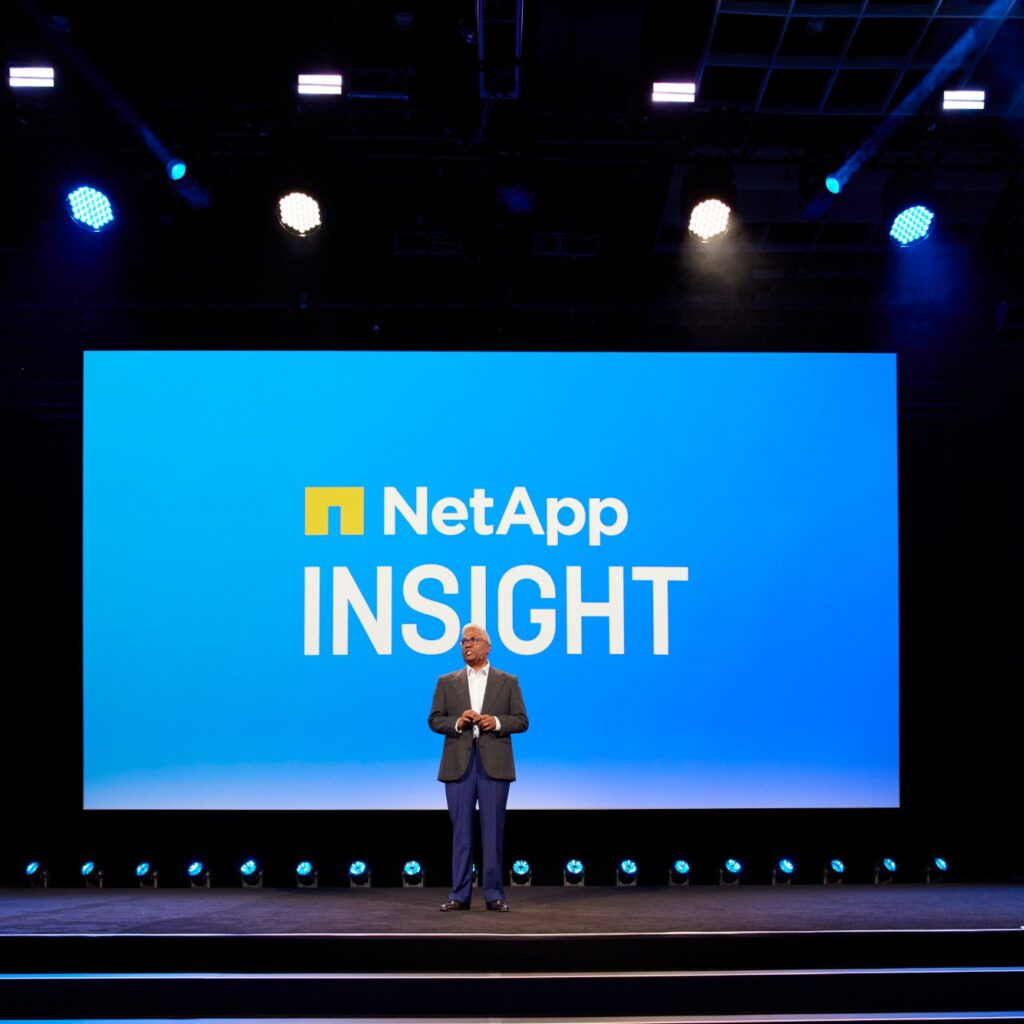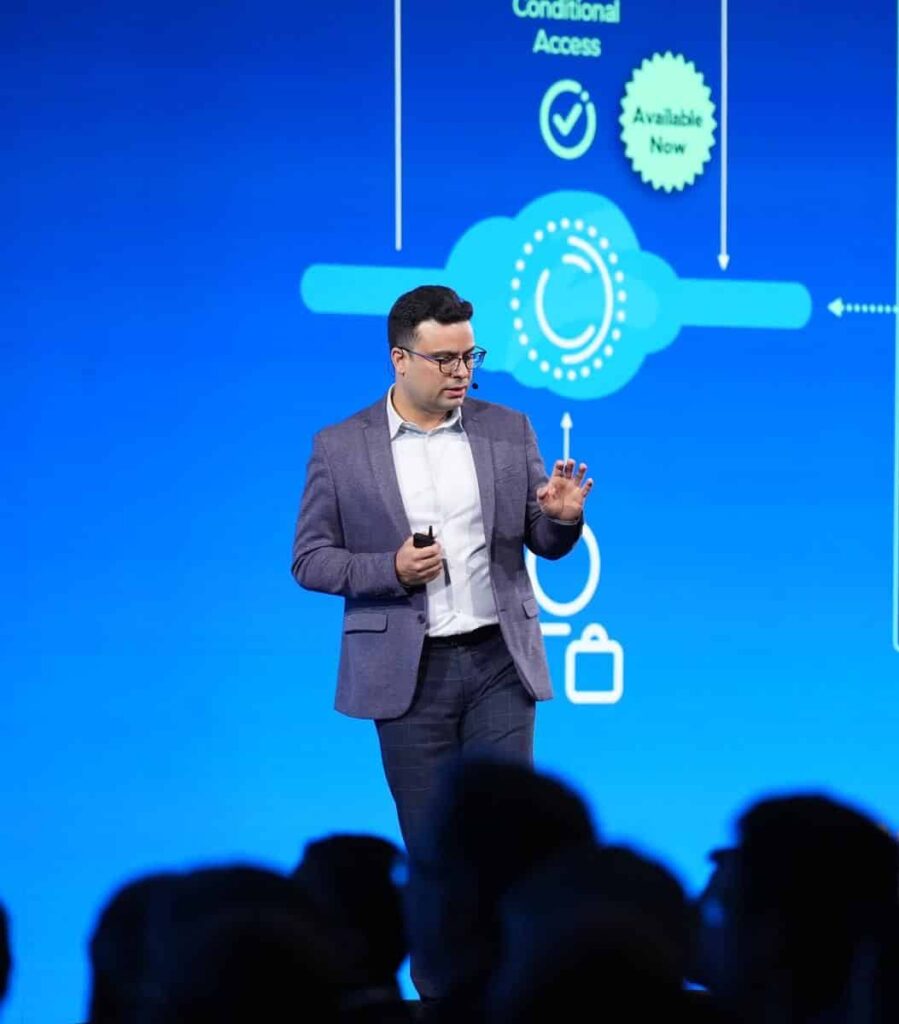When Cloudflare goes down, the internet feels it. The recent Cloudflare outage wasn’t just ‘a blip’ – it was an unfortunate failure that took some of the world’s most heavily trafficked services offline.
Cloudflare confirmed that a configuration update triggered a failure inside its control plane, specifically within systems responsible for managing global traffic routing, which translates to one change in the wrong place crippled Cloudflare’s ability to steer traffic across its own network, and then spilled into customer environments.
Chris Jenkins, Director of Operations at Pocket Network, added, “You can’t just offload uptime to a third-party provider, especially when you’re the one being held to your SLA, not them.”
This wasn’t an attack. It wasn’t a DDoS. It was a self-inflicted operational failure, which we’ve seen in recent time with other well-known technology vendors. And you know what? It happens.
“When using cloud services of that sort, you should be taking all steps to provide an appropriate amount of redundancy, including multi-region architecture and failover to decentralised systems. Degraded service is better than no service. Build in a proper cascading path for service step-downs in case of outages.” Jenkins explained.
“The issue was not caused, directly or indirectly, by a cyber attack or malicious activity of any kind” Says Cloudflare’s Co-founder & CEO of Cloudflare, Matthew Prince.

Because Cloudflare supports thousands of companies including fintechs, SaaS vendors, media platforms, and security products, the domino effect was instant. What you could have expected if you were a customer:
- Authentication workflows stalled
- Websites and APIs dropped off the map
- Critical services timed out
- Security tools relying on Cloudflare’s edge couldn’t validate traffic
Some companies went completely dark. Others were limping along while their engineering teams scrambled for workarounds.
The impact hit APAC and the United States almost simultaneously thanks to Cloudflare’s globally distributed architecture, which is normally a strength, until it’s not.
To Cloudflare’s credit, they pushed updates quickly and rolled back the faulty configuration. Cloudflare has championed ‘zero downtime engineering’ for years. This outage shows that even highly-distributed, resilient networks are still one misconfigured push away from global disruption.

Cloudflare isn’t just another tech vendor. It’s part of the internet’s backbone, like many other technology vendors.
This incident punched the industry hard with three realities:
- Third-party dependency risk is real and most companies underestimate how centralised the internet has become
- Operational failures do happen, and it’s not always attackers, which can still cause some of the largest disruptions in our ecosystem
- Business continuity plans rarely account for core internet infrastructure wobbling.
“The problem with Planetary-Scale services is that when they fail, the whole planet goes down,” Jenkins said. “We’ve seen this repeatedly in the last month with multiple AWS outages on top of the Cloudflare outage. It’s clear most providers do not treat high-availability services with the thoughtfulness they should.”
If Cloudflare can break itself with one config change, so can everyone else, which we’ve seen time and time again. No one is immune, including players like Cloudflare.
Simon Hodgkinson, Former Chief Security Office at BP and now Senior Advisor at identity firm Semperis, added, “Outages like this demonstrate the importance of end-to-end resilience… Organisations need resilient architectures, redundant pathways and independent recovery capabilities, including people, process, and technology.”
Security leaders need to focus on the bigger picture, and likely have been asking their security teams in recent days about:
- What hidden dependencies do we have on Cloudflare or other edge providers?
- Do we have fallback paths if DNS or CDN services collapse?
- How fast could our systems degrade if our internet front door disappears?
This outage wasn’t just a Cloudflare issue. It’s a reminder to organisations building on top of someone else’s infrastructure.
Hodgkinson went on to say, “Every outage should prompt organisations to revisit their operational resilience plans to ensure they are appropriate given the risk appetite of the business. A key element of this is identity resilience, especially around Active Directory and cloud identity platforms such as EntraID or Okta, which are the most critical services.”
Companies treat providers like Cloudflare as bulletproof, but the recent outage did prove yet again that no single vendor is immune to operational failure.









